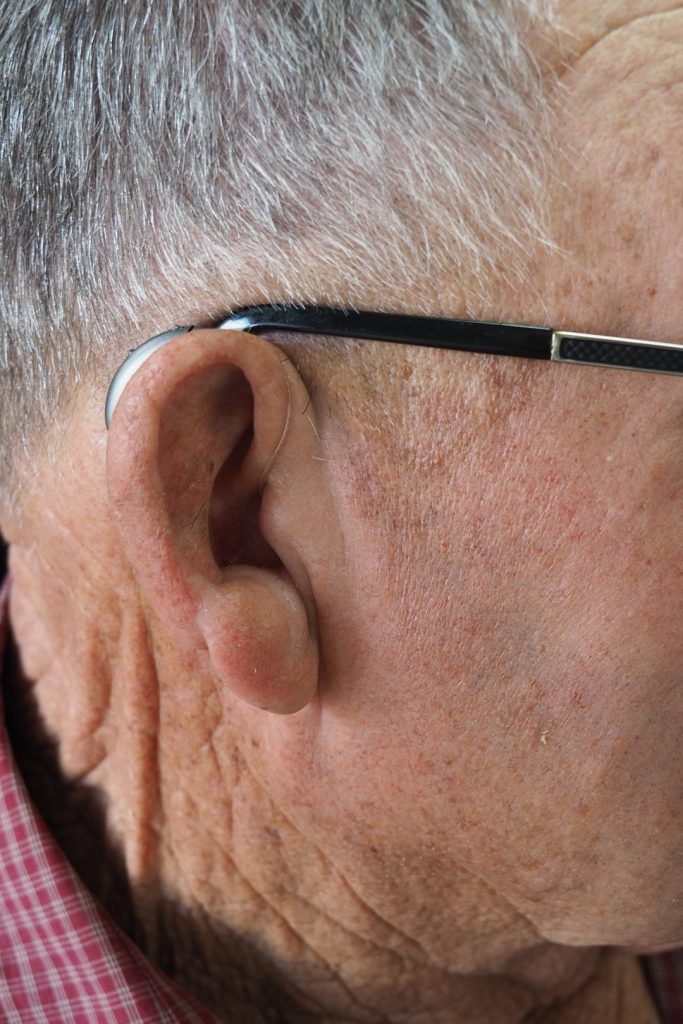Older age is a well-known risk factor for sensory impairments. Elderly proportion in India according to 2011 census is 8.1% and is expected to rise to 17% by the year 2025. The special features of Indian elderly population which is a challenge are a majority (80%) of them being in the rural areas, large percentage being in poverty line and increase in the number of oldest age group (≥80 years). With the increasing age there is an increase in dual sensory impairment (hearing and visual). Hearing and visual ability are key aspects of the functioning in the older adults, these impairments are associated with more depressive symptoms, lower health related quality of life and increased risk of mortality. Various studies show that the prevalence rate of the sensory impairments in older adults range from 6.5 to 35 percent. Often individuals with hearing impairment depend on the visual cues for communication and use their amplification devices. Similarly individuals with visual impairment need auditory cues to assist with communication and ambulation.
Among older adults, the risks associated with dual sensory loss are prominent concerns, because of the increased likelihood of experiencing hearing and vision difficulties among this population. As the person age, the visual and hearing impairments can stem from normal age-related changes as-well as from some pathological conditions that attack the sensory organs. In addition, vision and hearing losses are often associated with chronic health problems such as diabetes, hypertension and cardiovascular conditions, which further increase the risk shared by the older adults.
BEHAVIOURAL SIGNS OF HEARING LOSS:
- An increase in the volume of television or radio, especially when sitting closer than the usual.
- Leaning closer to the speaker while in conversation, or cupping the hand over the outer ear.
- Difficulty in understanding over the phone.
- Difficulty in understanding conversation in a noisy environment.
- Inappropriate responses to questions or comments.
- Repeated requests to speak loud.
- Difficulty in the ability to hear high pitched sounds like a door bell, ringing telephone, etc.
BEHAVIOURAL SIGNS OF VISION LOSS:
- Changes in the viewing habits, like holding things very close to the face at an odd angle.
- Changes in the ability to recognize familiar face.
- Changing in the grooming habits, like stains on the clothes, mismatched clothes, uncombed hair, etc.
- Changes in the ability to locate small objects, such as jewelry or keys.
Photo by Seshadri Sarkar on Unsplash.



These blogs are really helpful, as a caregiver i am saying this.
Thank you for your encouragement. Please visit our website and fb page https://www.facebook.com/oldagesolutions regularly for more updates.
Regards
Team Old Age Solutions.